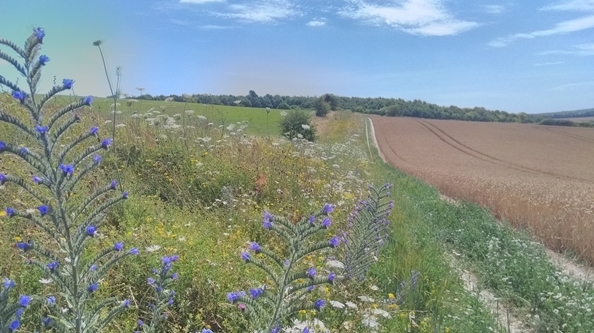
3 minute read
By Henrietta Appleton, Policy Officer (England)
In May 2021, the government ceded to calls for a ‘net zero’-style target for nature in the Environment Bill by introducing a Species Abundance Target, the detail of which is to be determined and the aim of which has just been strengthened to “halt species decline by 2030” (Defra announcement 27 August 2021).
There are also calls for setting legally binding interim targets, with the RSPB and the Wildlife Trusts recommending that the Climate Change Act’s model of five-yearly budgets be adopted for nature recovery. But are these calls for ‘net zero’-style targets sensible? Two aspects concern me.
Whilst the Climate Change Committee’s targets to achieve net zero have focused policy attention on achieving them, this has, in some situations, been to the detriment of nature (and other environmental goals). For example, the focus on bio-energy has resulted in significant impacts on global biodiversity, and that picture has been repeated here at home.
The area of maize has increased with consequent impacts on soil erosion and water quality, and the planting of trees across landscapes perceived as agriculturally ‘unproductive’, but havens for red-listed species. The latter is of particular interest as the grants available make the repurposing of this land away from (usually) extensive livestock production attractive.
Despite calls for the ‘right tree in the right place’, there have been high-profile instances where trees have been planted on peatland (and other carbon-rich soils), negating any carbon sequestration benefit, and in the Borders commercial forestry is impacting on black grouse populations (see for example this GWCT blog). The lesson therefore when government considers its ‘net zero’-style target for biodiversity is that the target itself is arguably not as important as how you get there.
This brings me to my second point. Setting a target for biodiversity has, by its very ‘nature’ (excuse the pun), got to allow for a significant number of variables in order to be achievable. For example, there is no use setting a target of x for a migrating species if one of the variables is beyond domestic influence, or to focus on the creation of ideal habitat to attract a species to occupy and breed (such as curlew) but then fail to provide any other support such as predator control, resulting in low breeding success and a population sink. The process is as much part of the target as the outcome.
However it is interesting to note that the UK was considered to be achieving only the ‘process targets’ of the Aichi Targets. Much less success was being seen in achieving the outcome targets. Should this not ring alarm bells? In other words, is the process we are following the right one given the cost to the public purse?
For example, agri-environment schemes over the last 25 years have cost c£8.5bn (Defra 2020) and UK public expenditure on biodiversity is c£10.3bn since 2000 (JNCC 2020). We also made this point in our 'Same old, same old' blog. And this does not account for the ‘cost’ of further declines in our biodiversity.
So those of us who care about our native wildlife can only hope that the new domestic policy framework of a Nature Recovery Network supported by Local Nature Recovery Strategies (and a prospective Nature Strategy) will embrace ‘doing things differently’ to achieve the desired outcome of bending the curve of biodiversity loss – and of course meeting the targets! The GWCT can demonstrate for a number of species and habitats that if you get the building blocks right, the outcomes follow.